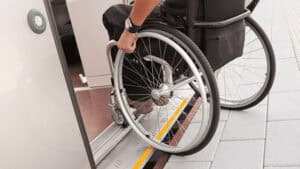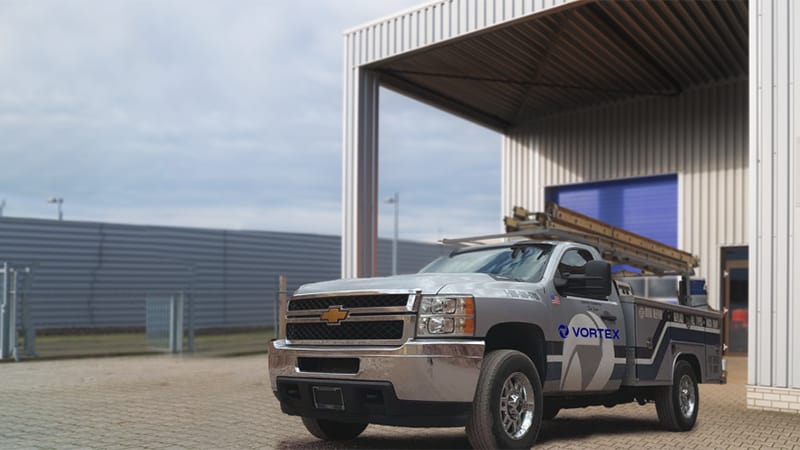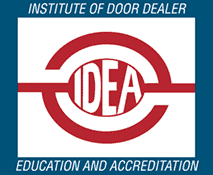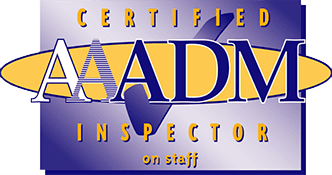What are the Risks & Penalties for a Business Not Being ADA Compliant?
 The Americans with Disabilities Act (ADA) was signed into law on July 26, 1990. Designed to help everyone participate in their community, the ADA required businesses and public buildings to accommodate disabled Americans by removing barriers to entry and providing safe access to their space. Non-ADA compliant businesses risk severe penalties.
The Americans with Disabilities Act (ADA) was signed into law on July 26, 1990. Designed to help everyone participate in their community, the ADA required businesses and public buildings to accommodate disabled Americans by removing barriers to entry and providing safe access to their space. Non-ADA compliant businesses risk severe penalties.
Federal law allows the government to impose fines of up to $75,000 for the first violation and $150,000 for each additional violation. State and local governments can be even stricter and impose harsher penalties for businesses who fail to comply with ADA requirements.
What’s more, businesses that don’t adhere to the ADA leave themselves vulnerable to lawsuits from disabled customers and visitors. Any disabled man or woman who injures themselves in your building has grounds to sue if they can show it violates ADA regulations.
While not every business needs to be ADA compliant, every business that is open to the public does. This includes:
- Bars and Restaurants
- Stadiums and Convention Centers
- Grocery Stores and Supermarkets
- Shopping Malls and Retail Centers
- Theaters and Cinemas
- Schools
- Hotels
- Museums
- Office Buildings
- Hospitals and Medical Centers
Installing ADA Compliant Doors
According to ADA legislation, all new construction must meet ADA requirements for accessible design. This rule applies both to new buildings and existing ones. Whenever a business updates or modifies its facilities, its doors and entryways must comply with ADA.
Vortex Doors service centers employ highly trained inspectors and technicians familiar with ADA guidelines. They work with businesses to identify doorways that are non-ADA compliant and design solutions. We ensure that:
- Doors are sufficiently wide. ADA requires doors to have at least 32 inches of clear space between the face of the door and the stop.
- Doors provide enough clearance. Depending on whether it’s a push or pull, doors need 42-60 inches of space perpendicular to the door and 0-42 inches parallel to the door in order to ensure enough room for a disabled person to maneuver their way through.
- Door handles are operable with one hand. In order to comply with the ADA, people should be able to open the door with one hand using a closed fist or loose grip. Additionally, the door handles shouldn’t require grasping, pinching, or twisting of the wrist and should be 32-48 inches above the floor.
- Doors open with less than 5 pounds of force. The law only applies to the continuous force necessary to fully open the door, not the force required to overcome the initial inertia, so heavy doors are still allowed. This could be up to 8.5 lbs in some states.
- Closes in no less than 5 seconds. Vortex installed hardware that ensures that the doors swing closed at a reasonable speed, from 90 degrees to 12 degrees in at least five seconds or more, in accordance with ADA regulations.
Upgrading Doors with Vortex
Besides examining existing doors for ADA accessibility, Vortex offers a wide range of automatic sliding, swinging, and telescoping doors as well. These provide a safe, convenient, and hands free way for people to access your building, regardless of their physical ability. We can also retrofit your existing manual door with a Low Energy Operator, in order to comply with ADA guidelines. Our technicians have the technical expertise to install, repair, and maintain doors, ensuring your entryways meet ADA requirements. Contact us today to learn more!










